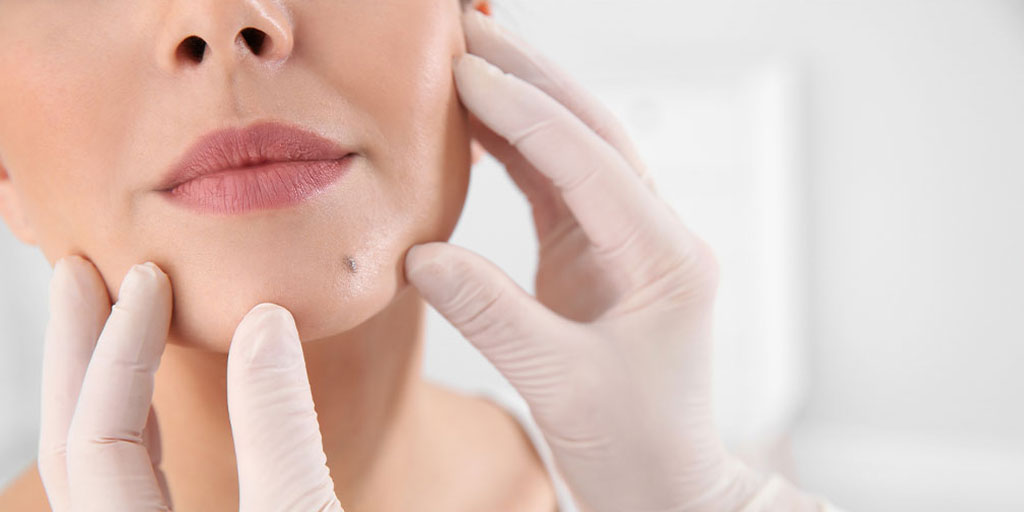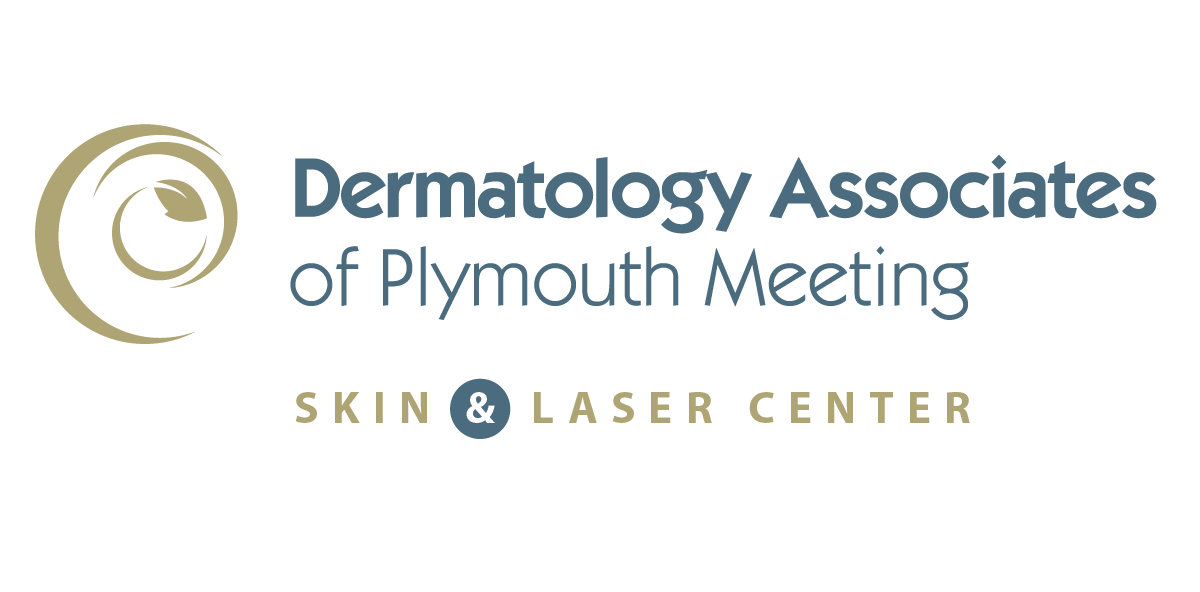Understanding Facial Mole Removal

Facial moles can be frustrating—and at times, uncomfortable. Due to their prominent physical location, it is common for our patients to want to remove them. For individuals who hope to remove their facial moles, whether for cosmetic or medical reasons, it is important to seek out an experienced, board-certified dermatologist who can effectively and safely remove the mole while minimizing scarring risks and discomfort. While there are some devices on the market that claim they can work to remove moles and other skin blemishes at home, they can lead to potentially harmful side effects and unintended consequences.
How Are Facial Moles Removed?
Moles are removed through two primary procedures: shave excision and surgical excision. Shave excision uses a thin, razor-like tool to slice away the mole and then a tiny electrode is used to minimize the appearance of the excision. Stitches are not needed following this procedure. Surgical excision is a deeper surgery during which your dermatologist cuts out the entire mole and the fat layer under the mole before using stitches to close the excision. Dermatology Associates of Plymouth Meeting utilizes Mohs Surgery, a microscopically guided, highly specialized procedure that provides the most accurate removal of moles and skin cancer in cosmetically sensitive areas.
What to Expect from Facial Mole Removal
Facial mole removal is an outpatient procedure performed in the comfort of our office. The procedure begins with a local anesthetic which is used to numb the site of the mole. The mole is then removed, a procedure which takes about 15 to 20 minutes and the repair process for the wound will depend on the size of the incision. For smaller moles on the face, sometimes it is best to allow the wound to heal on its own. Sometimes, a few small stitches are needed.
After facial mole removal, the size and shape of the wound will depend on the size of the mole that was removed. The potential risk for scarring also depends on the location of the mole and its size. A small mole near the nose, for example, might mean the incision site is easily camouflaged by surrounding tissue. Even if the incision is in a visible location, there are several strategies that can prevent or reduce the appearance of scars.
Facial Mole Removal Precautions
As with any surgical area, it is important to protect the skin as it heals. This includes taking precautions to protect against sun damage and stretching the scar, as well as other strategies, including:
Keeping the Incision Moist and Clean
As you take care of the incision site, it is important to keep the area clean and moisturized. This not only improves healing time, but also decreases the likelihood of a noticeable scar. Dry wounds, on the other hand, are less likely to fade away. It is important to follow your doctor’s guidance, which may include using a moisturizing ointment under a bandage or another topical treatment as your incision heals.
Minimizing Stretching of the Scar
Minimizing movement of the healing area not only promotes healing, but can also minimize the size and appearance of a scar. A lot of movement or stretching of the area can lead to increased healing time or a larger scar. The ultimate goal is to allow the healing area the ability to rest and heal on its own.
Avoiding the Sun
Just as the sun can damage healthy skin, the sun can also negatively impact a fresh wound or healing skin. Sun exposure and sun damage can darken and discolor healing skin, resulting in a more prominent scar. To minimize exposure, it is important to utilize a strong sunscreen with SPF 50 or higher to cover the healing area when possible. This should be done for at least six months after your facial mole removal.
Massaging the Scar
A few weeks after the initial surgery, once any scabs have naturally dissipated, massaging the area of the scar can help reinvigorate the skin. This promotes collagen production and encourages collagen to rise to the skin surface, thereby reducing the appearance of any scars.
Schedule a consultation to achieve the healthiest skin of your life
Contact UsCorticosteroid Injections
Corticosteroid injections are treatments that utilize hormones to reduce inflammation and they can be used to reduce the size and appearance of persistent scars, especially those that are raised.
Cryosurgery
Cryosurgery is a treatment that works to freeze and destroy scar tissue, thereby reducing the size and appearance of the scar. This is typically utilized for larger scars, but if a persistent scar is concerning, it is important to discuss those concerns with your dermatologist.
As with all treatment options and surgeries, an open, honest conversation with your dermatologist can not only help you reach your goals, but also work to improve results.
We understand how bothersome facial moles can negatively impact your quality of life. Rather than continuing trying to cover or hide your facial mole, contact us today for an appointment. We can discuss a personalized facial mole removal plan based on your unique anatomy and schedule your mole removal procedure as soon as possible.
